Home>Storage Ideas>Bathroom Storage>10 Crucial Questions To Ask Before Buying Bathroom Faucets
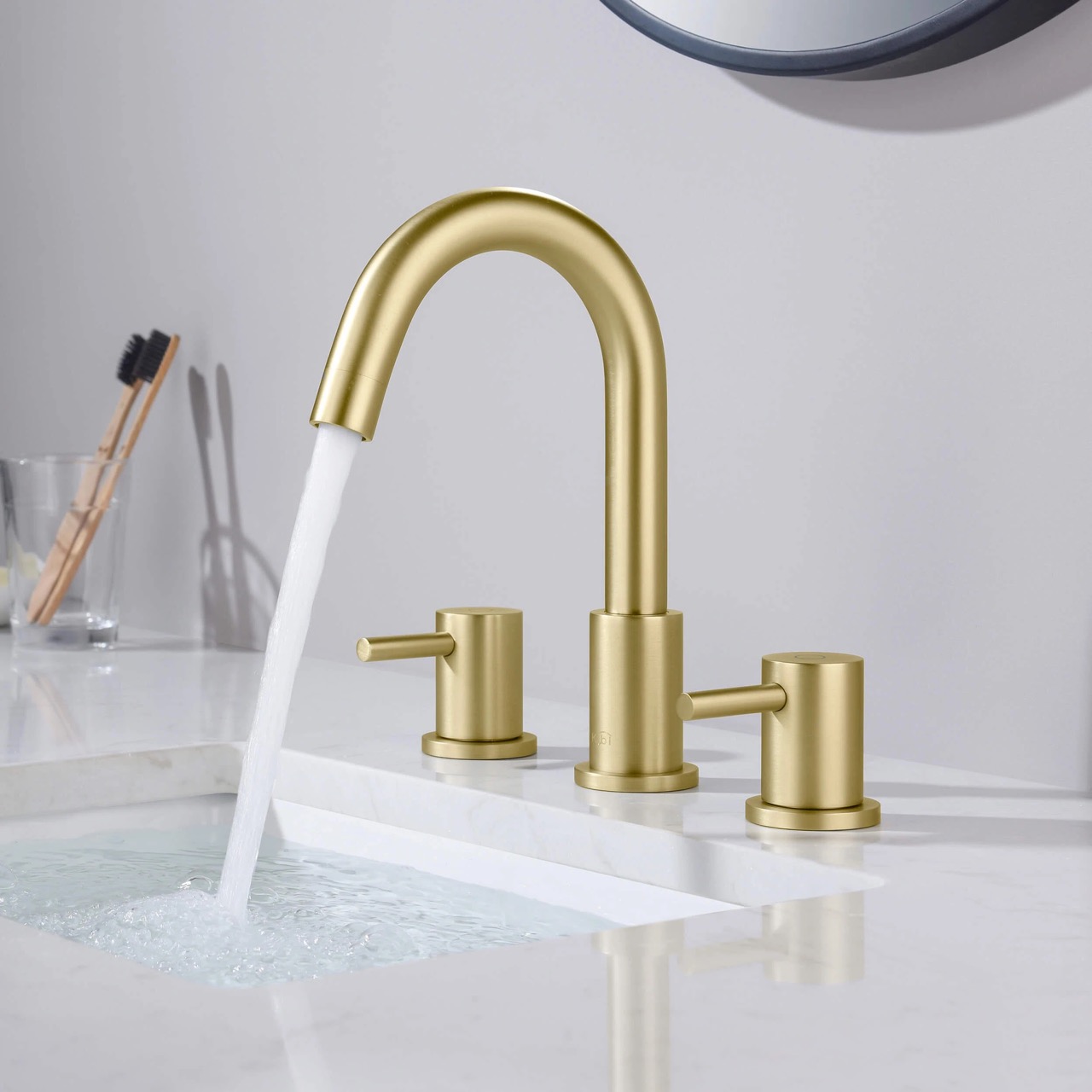

Bathroom Storage
10 Crucial Questions To Ask Before Buying Bathroom Faucets
Modified: October 20, 2024
Looking to upgrade your bathroom faucets? Before you make a purchase, ask yourself these 10 crucial questions to ensure you find the perfect bathroom storage solution.
(Many of the links in this article redirect to a specific reviewed product. Your purchase of these products through affiliate links helps to generate commission for Storables.com, at no extra cost. Learn more)
Introduction
Welcome to the world of bathroom faucets! These seemingly small fixtures play a big role in both the functionality and aesthetics of your bathroom. But with so many options available, it can be overwhelming to choose the right one. That’s why we’ve compiled a list of 10 crucial questions to ask before buying bathroom faucets.
Whether you’re renovating your bathroom or just looking to upgrade your current faucets, these questions will help guide you towards making a well-informed decision. From style and mounting options to finishes and additional features, we’ll cover everything you need to consider before purchasing a bathroom faucet.
By taking the time to answer these questions, you’ll ensure that your new bathroom faucet not only complements your personal style but also meets your functional needs. So let’s dive in, shall we?
Key Takeaways:
- Choose a bathroom faucet style that complements your bathroom’s design and theme, whether it’s traditional, modern, transitional, vintage, or contemporary. Consider the overall aesthetic impact of your faucet choice.
- Prioritize water efficiency, warranty coverage, and customer support when selecting a bathroom faucet. Balance your budget with the desired quality and features to make a lasting investment.
What style of bathroom faucet fits your aesthetic preferences?
The style of your bathroom faucet can greatly impact the overall look and feel of your bathroom. It’s important to choose a style that aligns with your aesthetic preferences and the overall design of your bathroom. Here are a few popular styles to consider:
- Traditional: If you prefer a classic and timeless look, a traditional style faucet may be the perfect choice for you. These faucets often feature decorative details, elegant curves, and crosshead handles, exuding a sense of sophistication.
- Modern: For those who appreciate clean lines and minimalist design, a modern style faucet is ideal. These faucets typically have sleek, angular shapes and are often available in brushed or polished chrome finishes, adding a contemporary touch to your bathroom.
- Transitional: If you can’t decide between traditional and modern, a transitional style faucet can offer the best of both worlds. These faucets combine elements of both traditional and modern designs, creating a versatile option that can complement a variety of bathroom aesthetics.
- Vintage: For a touch of nostalgia and old-world charm, consider a vintage-style faucet. These faucets often feature intricate detailing, cross handles, and finishes like oil-rubbed bronze or antique brass, giving your bathroom a unique and vintage appeal.
- Contemporary: If you want to make a bold statement in your bathroom, a contemporary style faucet can do just that. These faucets often feature unconventional shapes, vibrant finishes, and innovative designs, adding a touch of modern art to your space.
When selecting a style, it’s important to consider the overall theme and design of your bathroom. Look at the existing fixtures, such as your bathroom vanity, mirror, and lighting, and choose a faucet style that complements them seamlessly. Remember, your faucet is not just a functional element but also a design feature that can enhance the overall aesthetic of your bathroom.
What type of mounting do you need for your bathroom faucet?
The mounting style of your bathroom faucet refers to how it is installed on your sink or countertop. There are three commonly used mounting options to consider:
- Deck-Mount: Deck-mount faucets are the most common type and are installed directly on the sink or countertop. They require pre-drilled holes in the surface to accommodate the faucet and any additional accessories, such as handles or a sprayer. This mounting style offers a clean and streamlined look.
- Wall-Mount: If you want to create a unique and modern look, a wall-mount faucet may be the right choice for you. These faucets are installed on the wall above the sink, freeing up space on the countertop. They require plumbing behind the wall, so it’s important to consider the complexity of installation and ensure there is enough space between the sink and wall.
- Single-Hole: As the name suggests, single-hole faucets require only one hole in the sink or countertop. These faucets often have a single handle that controls both the temperature and flow of water. They provide a minimalist and compact look, perfect for smaller bathroom spaces.
When deciding on a mounting style, consider the existing setup in your bathroom. If you’re doing a full renovation, you have more flexibility in choosing the mounting type. However, if you’re replacing an existing faucet, it’s important to ensure that the new faucet matches the pre-drilled holes on your sink or countertop.
Additionally, think about the practicality and functionality of each mounting style. Deck-mount faucets are easy to install and maintain, while wall-mount faucets can be a stunning focal point but may have more complex installation requirements. Single-hole faucets work well in smaller bathrooms where space is limited.
By considering your personal preferences and the existing setup of your bathroom, you can choose the ideal mounting style for your new bathroom faucet.
What finish options are available for bathroom faucets?
The finish of your bathroom faucet not only affects its appearance but also its durability and resistance to everyday wear and tear. There are various finish options available, each with its own unique characteristics. Here are some popular finishes to consider:
- Chrome: Chrome is one of the most common finishes for bathroom faucets. It has a shiny, reflective surface that gives a classic and timeless look to your bathroom. Chrome is durable, easy to clean, and resistant to tarnishing, making it a popular choice for both modern and traditional bathroom styles.
- Brushed Nickel: Brushed nickel is a popular alternative to chrome. It has a soft, brushed texture that adds a subtle warmth to your bathroom. Brushed nickel offers a contemporary and sophisticated look and is known for its resistance to fingerprints and water spots, making it easy to maintain.
- Oil-Rubbed Bronze: If you’re looking for a more rustic or vintage aesthetic, oil-rubbed bronze may be the perfect choice. It has a dark, rich brownish-black finish that adds warmth and character to your bathroom. Oil-rubbed bronze requires regular maintenance to prevent tarnishing or stripping of the finish.
- Polished Brass: Polished brass faucets offer a luxurious and elegant look to your bathroom. The shiny, golden finish adds a touch of sophistication and can be a statement piece in your bathroom. However, polished brass requires regular cleaning and maintenance to prevent tarnishing and keep its lustrous appearance.
- Matte Black: Matte black is a popular choice for those who want to make a bold and modern statement in their bathroom. It adds a sleek and contemporary look to any style of bathroom. Matte black finishes are generally durable and easy to clean, although they may show water spots or fingerprints more easily.
When selecting a finish, consider the overall color scheme and style of your bathroom. Choose a finish that complements other fixtures and accessories, such as your showerhead, towel bars, and cabinet hardware. It’s also important to consider the maintenance and cleaning requirements of each finish, as some may require more attention to keep them looking their best.
By carefully choosing the finish of your bathroom faucet, you can enhance the overall aesthetic of your bathroom and create a cohesive and stylish look.
What is the ideal spout reach for your bathroom sink?
The spout reach of a bathroom faucet refers to the distance from the back of the faucet to the center of the spout. It’s an important factor to consider, as it determines how far the water will reach into your sink. The ideal spout reach for your bathroom sink depends on the size and configuration of your sink, as well as your personal preferences.
Here are some factors to consider when determining the ideal spout reach:
- Sink Size: The size of your bathroom sink plays a significant role in choosing the spout reach. For larger sinks, you may want a longer spout reach to ensure the water reaches closer to the center of the basin. Smaller sinks, on the other hand, may require a shorter spout reach to prevent splashing or water overspray.
- User Convenience: Consider who will be using the bathroom sink and their comfort level. If you have children or individuals with limited reach, a shorter spout reach may be more convenient for them to access the water easily. In contrast, taller individuals may prefer a longer spout reach to accommodate their height.
- Sink Configuration: The layout and shape of your sink can also influence the ideal spout reach. If you have a vessel sink, which typically sits higher than a traditional countertop sink, you may need a longer spout reach to ensure that the water flows directly into the sink without splashing over the sides. For a sink with multiple basins, consider how the spout reach will work for both basins.
It’s important to strike a balance between aesthetics and functionality when choosing the spout reach. A spout that is too long may overpower a small sink visually, while a spout that is too short may not provide adequate water coverage. It’s recommended to measure the distance between the faucet holes and the center of the sink to ensure the right fit.
Additionally, consider the style of the bathroom faucet and how it aligns with the spout reach. For example, a vessel sink may pair well with a tall, arched spout to create a contemporary look, while a smaller, compact sink may be better suited for a low-profile spout.
By evaluating your sink size, user convenience, and sink configuration, you can determine the ideal spout reach for your bathroom sink. This ensures both functionality and aesthetic harmony in your bathroom space.
Read more: Questions To Ask When Building A House
Do you prefer a single-handle or a double-handle faucet?
The decision between a single-handle or double-handle faucet primarily comes down to personal preference and the level of control you desire over your water temperature and flow. Both options have their advantages, so let’s explore each one:
- Single-Handle Faucet: Single-handle faucets, also known as monobloc faucets, feature a single lever that controls both the temperature and flow of water. They offer a sleek and minimalist design, making them a popular choice for modern bathrooms. Single-handle faucets are easy to use and convenient, as you can adjust both temperature and flow with one hand. They also tend to have fewer parts, making them easier to install and maintain.
- Double-Handle Faucet: Double-handle faucets, as the name suggests, come with separate handles for hot and cold water. These faucets often have a more traditional or vintage look and offer a classic appeal. With double-handle faucets, you have separate controls for hot and cold water, allowing for more precise temperature adjustment. This can be advantageous if you have a specific preference for water temperature or if multiple users have different temperature preferences.
When deciding between a single-handle or double-handle faucet, consider your lifestyle, the layout of your bathroom, and your personal preferences:
- Lifestyle: If you prefer simplicity and ease of use, a single-handle faucet may be the best choice. It’s especially convenient for individuals with limited mobility or those who prefer a minimalist design. On the other hand, if you enjoy the tactile feel of separate hot and cold controls, or if you have a specific water temperature preference, a double-handle faucet may be more suitable.
- Bathroom Layout: Consider the space available around your sink. If you have a smaller bathroom or a compact vanity, a single-handle faucet may be a better fit since it takes up less space. In contrast, a double-handle faucet may be more appropriate for a larger bathroom with ample sink space.
- Personal Preference: Ultimately, your personal preference should guide your decision. Think about the overall style and aesthetic you want to achieve in your bathroom and choose a faucet option that aligns with that vision.
Both single-handle and double-handle faucets come in a wide range of styles and finishes, so you can easily find one that matches your bathroom’s design and décor. Consider your needs for temperature control, ease of use, and the overall look you want to achieve when deciding between these two faucet options.
When buying bathroom faucets, consider the style, finish, and functionality. Look for durable materials like brass or stainless steel, and ensure the faucet is compatible with your sink or countertop.
Are you looking for additional features in your bathroom faucet?
Beyond the basic functionality of delivering water, modern bathroom faucets offer a range of additional features and advanced technologies to enhance your experience in the bathroom. Here are some popular additional features to consider:
- Touchless Technology: Touchless faucets have become increasingly popular in recent years. These faucets use sensors to detect the presence of your hands, allowing you to turn the water on and off without touching the handles. This not only adds convenience but also promotes better hygiene by reducing the spread of germs and bacteria.
- Waterfall Spout: A waterfall spout creates a cascading water flow, adding a soothing and visually appealing element to your bathroom. This feature can create a spa-like atmosphere and elevate the overall aesthetic of your sink area.
- Adjustable Flow Rate: Some faucets offer the ability to adjust the flow rate of water, allowing you to conserve water and reduce wastage. This feature is especially useful if you’re conscious about water conservation or if you have specific needs for different tasks.
- Temperature Memory: Faucets with temperature memory allow you to save your preferred temperature settings. This feature ensures that you don’t have to readjust the temperature every time you use the faucet, providing convenience and consistency.
- LED Lighting: LED lights integrated into the faucet can add a touch of visual appeal and create a captivating focal point in your bathroom. Some faucets even change color based on the water temperature, providing a helpful visual indicator.
When considering additional features, think about your specific needs and preferences. Do you value convenience, energy efficiency, or a particular aesthetic? Assessing these factors will help you determine which additional features would be most beneficial for your bathroom faucet.
It’s important to note that while these additional features can enhance your experience and provide added convenience, they often come at a higher price point. Consider your budget and prioritize the features that are most important to you.
By carefully considering the additional features available in bathroom faucets, you can choose a faucet that goes beyond basic functionality and adds a level of comfort and enjoyment to your daily routine.
How important is water efficiency for your bathroom faucet?
Water efficiency has become a growing concern in recent years as we strive to conserve this precious resource and reduce our environmental footprint. Choosing a water-efficient bathroom faucet can not only help you save water but also reduce your water bills. Here are some factors to consider when evaluating the water efficiency of a faucet:
- Flow Rate: The flow rate of a faucet refers to the amount of water that flows through it per minute. Older faucets typically have a higher flow rate, while newer models are designed to be more water efficient. Look for faucets with a flow rate of 1.5 gallons per minute (GPM) or lower to ensure water conservation without compromising performance.
- Aerators: An aerator is a device that mixes air with the water, reducing the flow without affecting the perceived pressure. Faucets with aerators can significantly reduce water consumption by maintaining a consistent flow while using less water. Look for faucets with built-in aerators or the ability to add one separately.
- WaterSense Certification: The U.S. Environmental Protection Agency (EPA) labels faucets that meet their water efficiency and performance criteria as WaterSense certified. Look for faucets that carry the WaterSense label, as they are designed to reduce water waste without sacrificing performance. These faucets can save up to 30% more water compared to conventional faucets.
- Leak Prevention: A leaky faucet can waste a significant amount of water over time. Look for faucets with durable ceramic or cartridge valves that provide a reliable and leak-free operation. This ensures that every drop of water is used efficiently and prevents unnecessary water waste.
- Usage Patterns: Consider your own usage patterns and needs. Do you frequently use the bathroom faucet for tasks that require a strong flow, such as filling buckets or washing objects? If so, it may be beneficial to strike a balance between water efficiency and functionality.
Water efficiency is not only beneficial for the environment but can also result in tangible cost savings over time. By opting for a water-efficient faucet, you can contribute to water conservation efforts and reduce the impact on your monthly water bills.
When comparing different faucets, look for the EPA’s WaterSense certification, as well as specifications on flow rate and the presence of aerators. Consider your specific needs and usage patterns to find a faucet that balances water efficiency with your desired performance.
Choosing a water-efficient bathroom faucet is a small but impactful step towards creating a sustainable and eco-friendly bathroom.
What is your budget for purchasing a bathroom faucet?
When it comes to purchasing a bathroom faucet, it’s essential to establish a budget that aligns with your financial considerations. Faucet prices can vary significantly based on factors such as brand, materials, finishes, and additional features. Here are some points to consider when determining your budget:
- Quality: Higher-quality faucets often come with a higher price tag. They are made with durable materials and designed to withstand regular use without wear or leakage. Investing in a high-quality faucet can provide long-term value and save you money on potential repairs or replacements in the future.
- Brand Reputation: Well-established and reputable brands often have a higher cost associated with their products. However, they also tend to offer warranties, customer support, and reliable performance. If brand reputation is important to you, be prepared to allocate a larger portion of your budget for a well-known brand.
- Finishes and Features: Certain finishes and additional features can impact the price of a faucet. For example, faucets with unique finishes like oil-rubbed bronze or matte black may come at a premium. Similarly, faucets with advanced features like touchless technology or temperature memory may also have a higher cost. Consider whether these finishes and features are necessary for your needs or if you can opt for more budget-friendly options.
- Installation: It’s also important to consider the cost of installation when setting your budget. If you plan to hire a professional plumber, factor in their fees to ensure your budget covers not just the faucet purchase but also the installation process.
Establishing a budget ensures that you have a clear understanding of how much you’re willing to spend on a bathroom faucet. It helps narrow down your options and focus on faucets within your price range. However, it’s important to balance your budget with your desired quality and features. Avoid compromising on quality just to meet a lower budget, as this can lead to potential issues and additional costs down the line.
Researching and comparing prices from different retailers or online marketplaces can also help you find the best deal within your budget. Consider reading customer reviews and ratings to gauge the overall satisfaction and performance of faucets within your price range.
Remember, a bathroom faucet is an investment in both functionality and aesthetics. It’s worth allocating a reasonable budget to ensure that you find a faucet that meets your needs, enhances your bathroom’s appearance, and provides lasting durability.
Have you considered the warranty and customer support options?
When purchasing a bathroom faucet, it’s important to consider the warranty and customer support options offered by the manufacturer or retailer. While you may not anticipate any issues with your faucet, it’s always wise to be prepared and ensure that you have proper protection and assistance in case anything goes wrong. Here are some points to keep in mind:
- Warranty Coverage: Check the warranty coverage provided by the manufacturer. A good warranty will protect you from defects in materials and workmanship for a specified period. It’s recommended to choose a faucet with a warranty duration of at least a few years. Make sure to read and understand the warranty terms and any limitations or exclusions that may apply.
- Customer Support: Research the reputation and responsiveness of the manufacturer’s customer support. Look for companies that have a track record of providing reliable and prompt assistance to their customers. Explore their website, read reviews, or reach out to their customer service with any questions or concerns to gauge their level of support.
- Return and Exchange Policies: Familiarize yourself with the return and exchange policies of the retailer or seller. In the event that you need to return or exchange your faucet, it’s important to understand the process, any associated fees, and any time limitations. Be sure to retain all receipts and purchase documentation for easier resolution in case of any issues.
- Product Reputation: Consider the reputation of the brand and the particular faucet model you are interested in. Look for customer reviews, ratings, and feedback to get an idea of the overall satisfaction and performance of the product. A reputable brand with positive feedback is more likely to offer reliable customer support and honor their warranty commitments.
Prioritizing warranty coverage and customer support can give you peace of mind and protect your investment. It ensures that you have recourse in case of any manufacturing defects or malfunctions. Additionally, reliable customer support can assist you with troubleshooting or technical guidance should you encounter any issues during installation or maintenance.
By considering warranty coverage, customer support, and return policies, you can make an informed decision about the faucet that best aligns with your needs and provides the necessary support and protection in the event of any unforeseen circumstances.
Have you read reviews and compared different brands and models?
Before making a final decision on your bathroom faucet purchase, it’s crucial to read reviews and compare different brands and models. Each brand and model has its own unique features, specifications, and performance characteristics. Taking the time to research and compare can help you make an informed choice and ensure that you are investing in a high-quality and reliable product. Here are some steps to consider:
- Read Customer Reviews: Look for customer reviews and ratings from reputable sources. Online marketplaces, home improvement websites, and dedicated review platforms are great places to find feedback from actual users. Pay attention to the overall satisfaction level, durability, ease of installation, and any common issues or concerns mentioned by customers.
- Compare Specifications: Take note of the specifications of different faucets, such as flow rate, installation requirements, materials used, and additional features. Compare these specifications to determine which faucets align with your preferences and requirements. Consider what features are essential for your needs and prioritize them accordingly.
- Research Brand Reputation: Look into the reputation and history of the brands you are considering. Established and reputable brands often have a track record of producing high-quality products and providing reliable customer support. Consider the brand’s experience in the industry, customer satisfaction ratings, and any accolades or certifications they have received. This information can give you a better understanding of the brand’s commitment to quality and customer satisfaction.
- Seek Recommendations: Reach out to friends, family, or even professionals in the industry for recommendations. They may have firsthand experience with certain brands or models and can provide valuable insights and advice. Their input can help steer you in the right direction and highlight potential options you might not have considered previously.
Comparing different brands and models enables you to make an educated decision based on real-world experiences and recommendations. It provides you with a comprehensive view of the pros and cons of each faucet, ensuring that you choose a product that meets your expectations and performs well in the long run.
Take the time to evaluate different options and consider the feedback and recommendations from others. Keep in mind that what works well for one person may not necessarily work well for another, so find the balance between individual preferences and overall customer satisfaction.
By doing your due diligence and thoroughly researching different brands and models, you can confidently select a bathroom faucet that meets your needs, performs reliably, and allows you to enjoy your bathroom for years to come.
Frequently Asked Questions about 10 Crucial Questions To Ask Before Buying Bathroom Faucets
Was this page helpful?
At Storables.com, we guarantee accurate and reliable information. Our content, validated by Expert Board Contributors, is crafted following stringent Editorial Policies. We're committed to providing you with well-researched, expert-backed insights for all your informational needs.
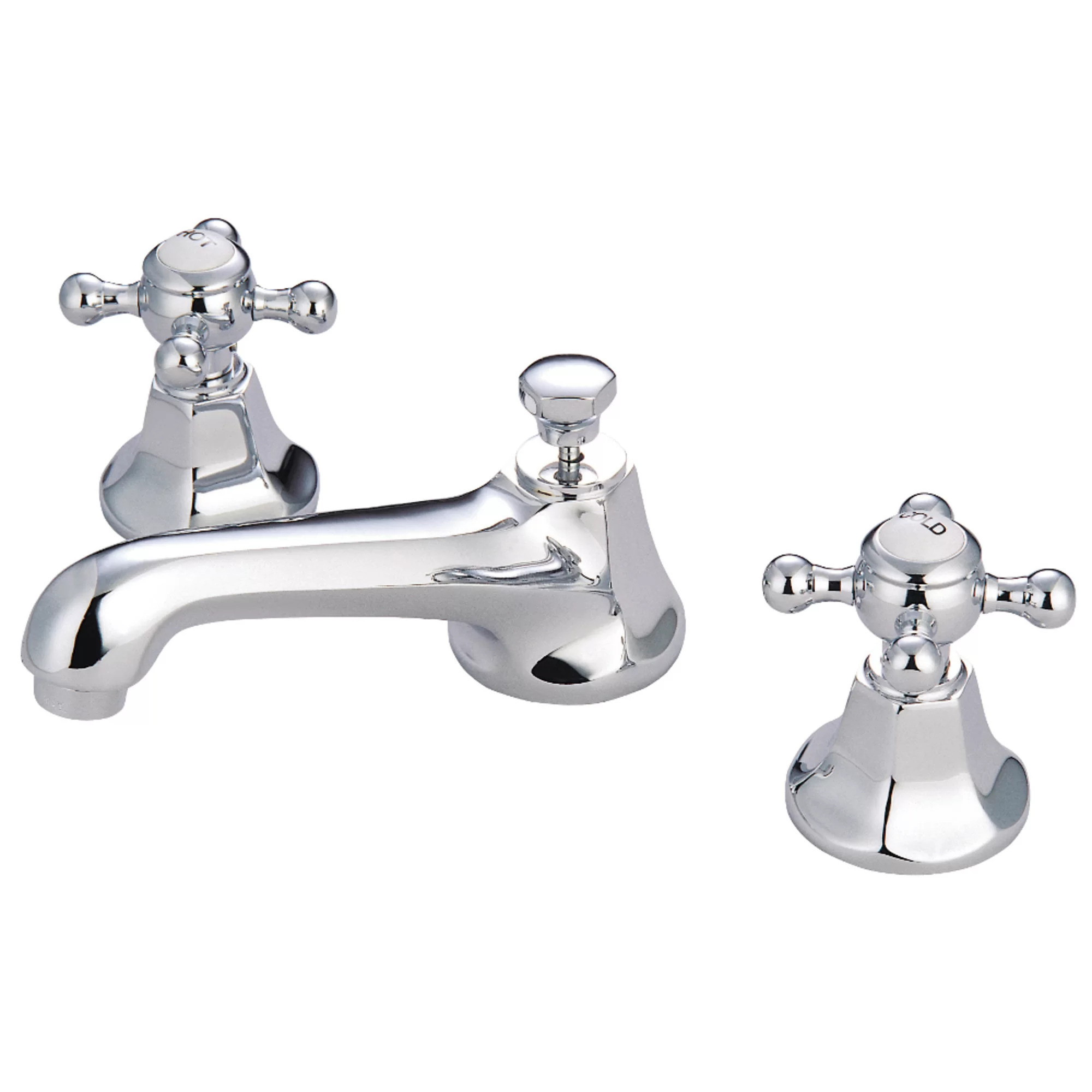
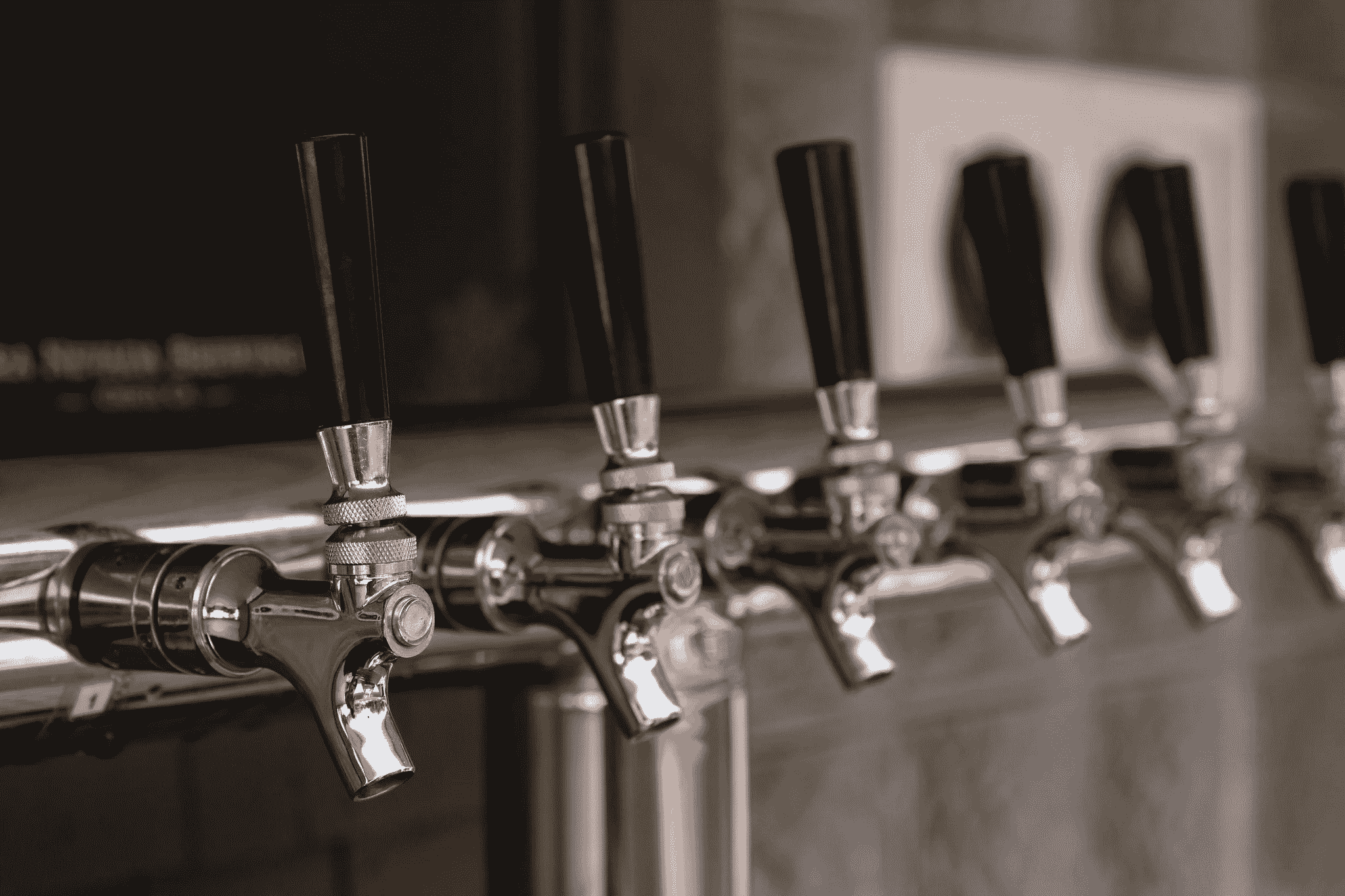
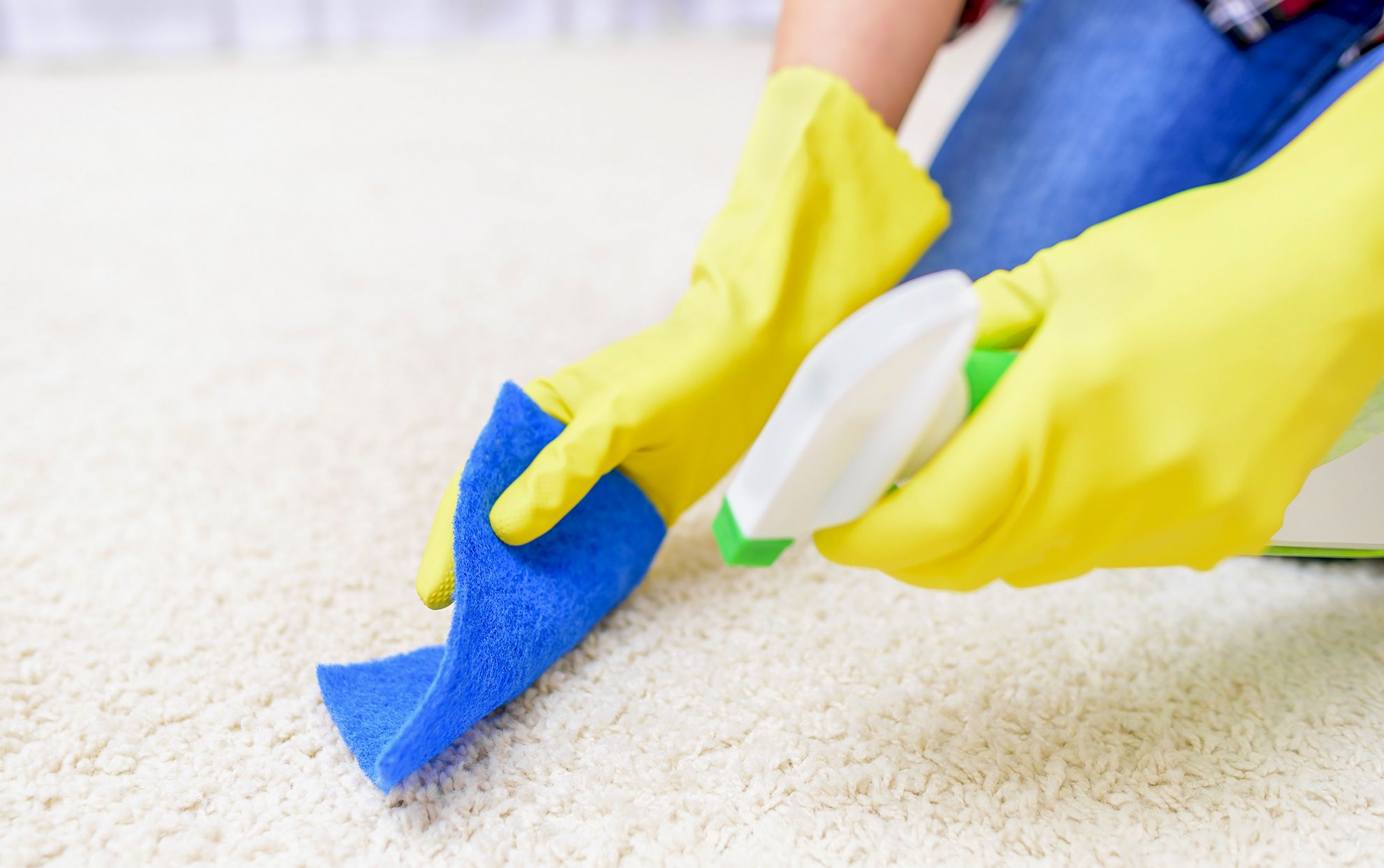
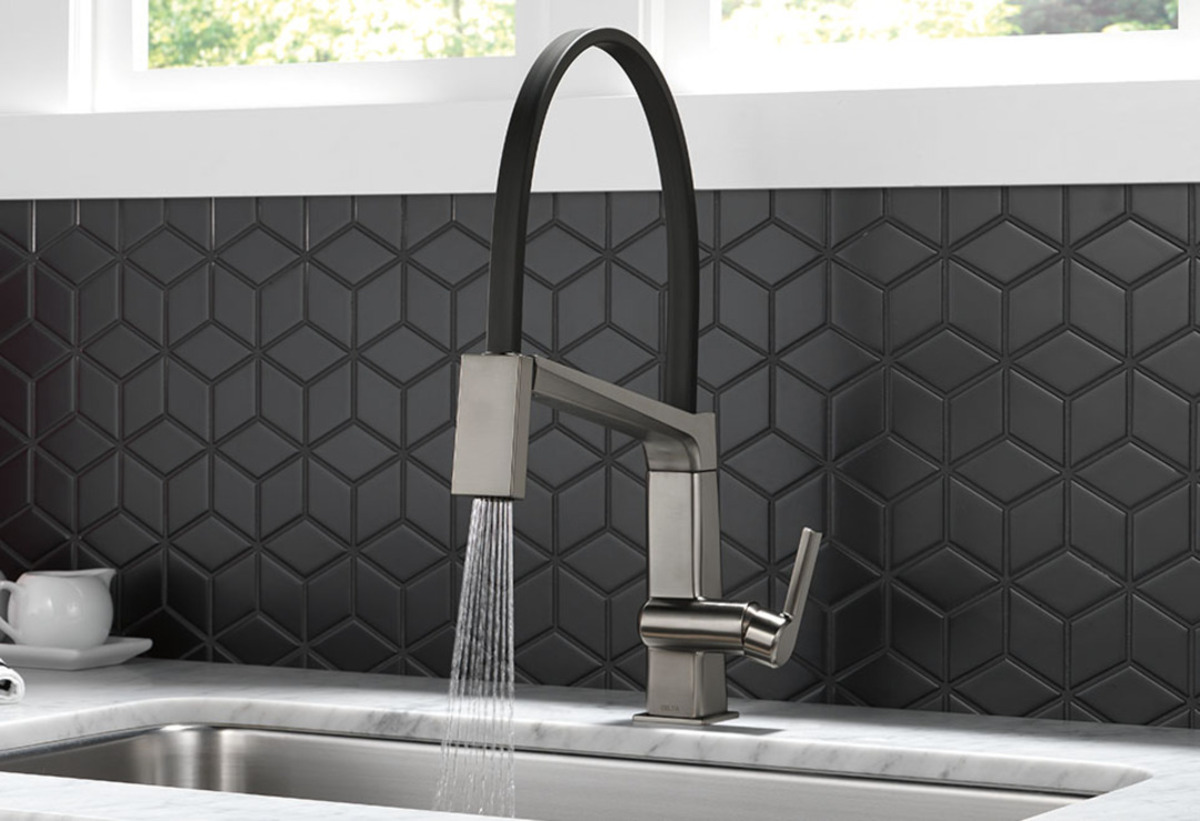
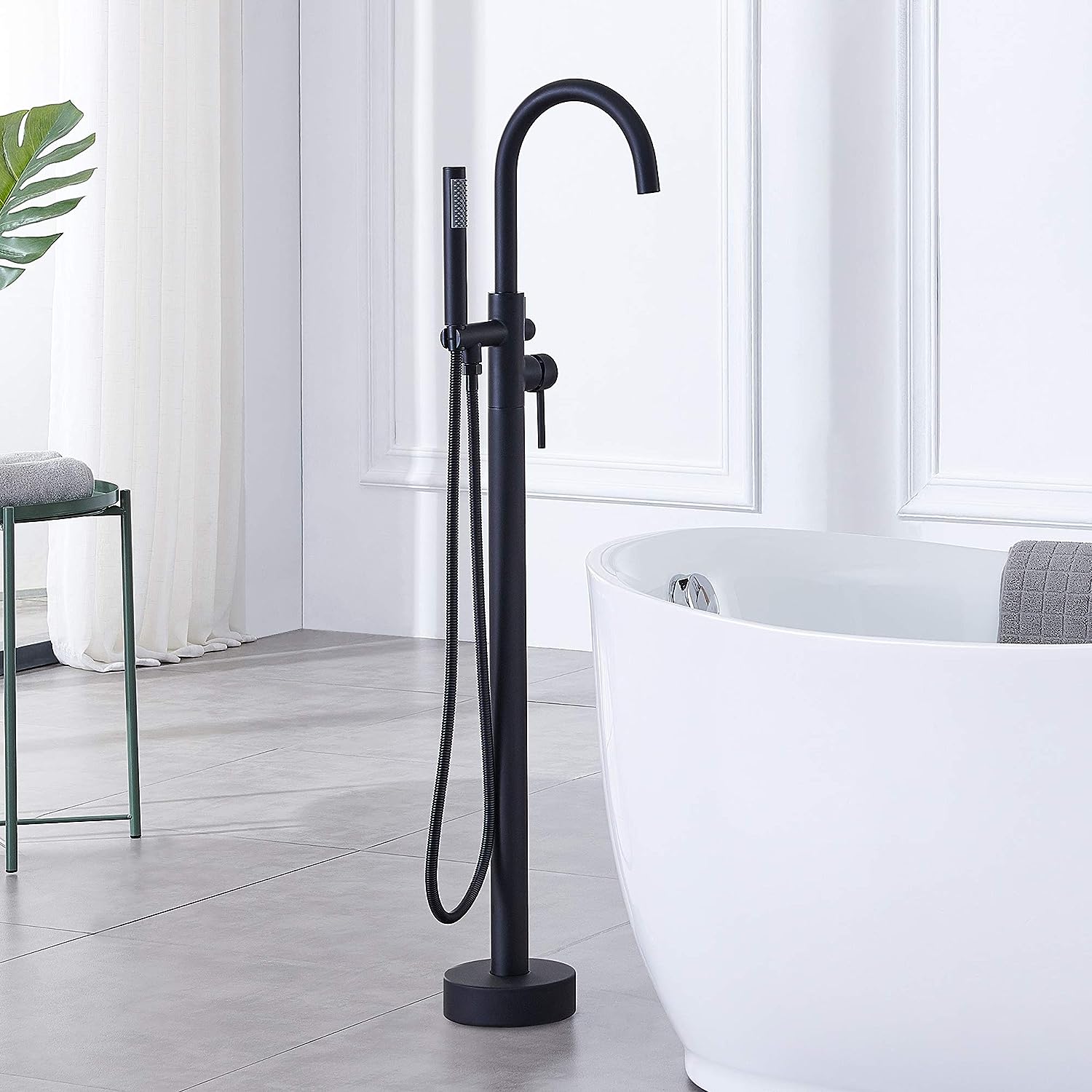
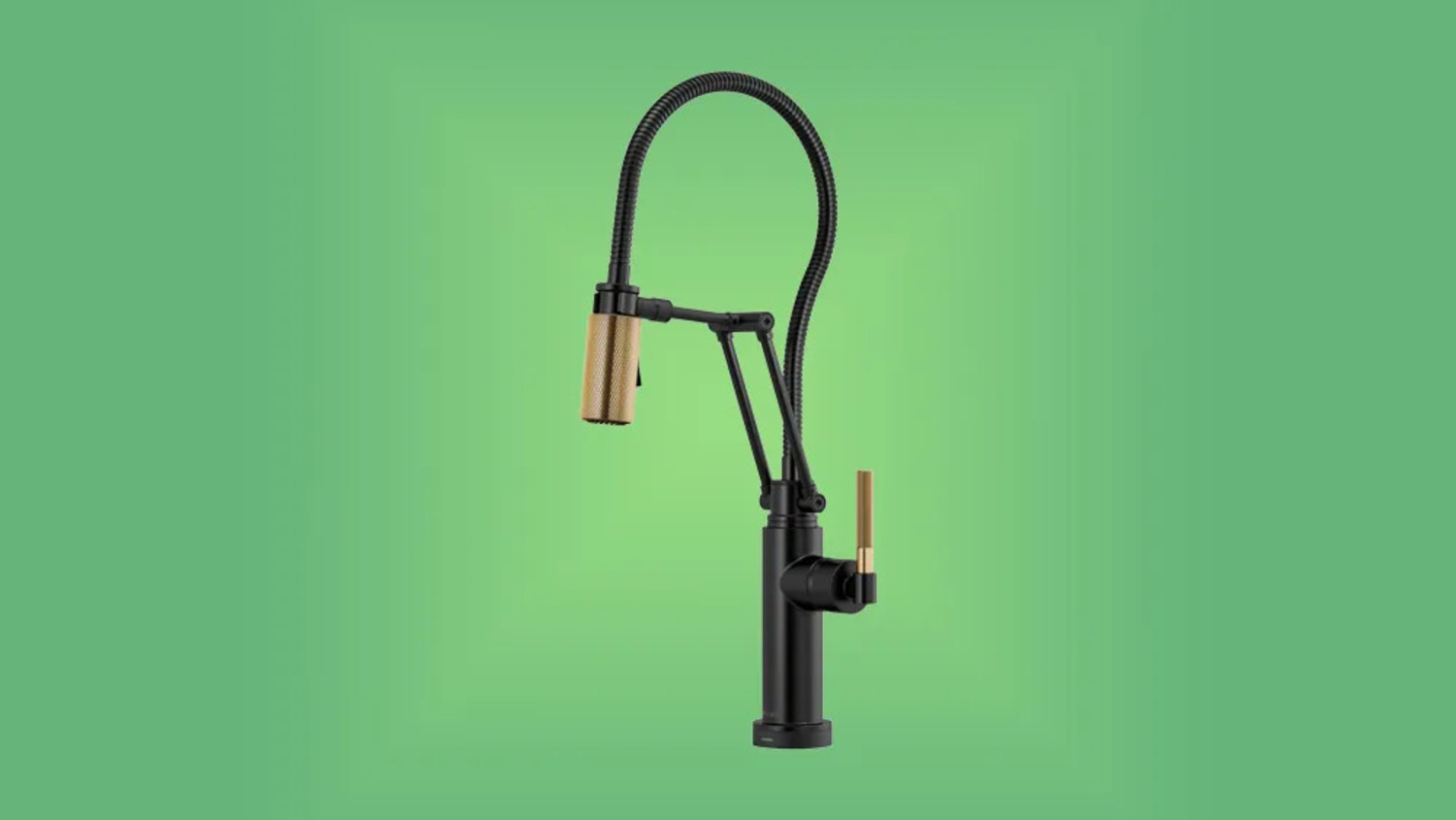
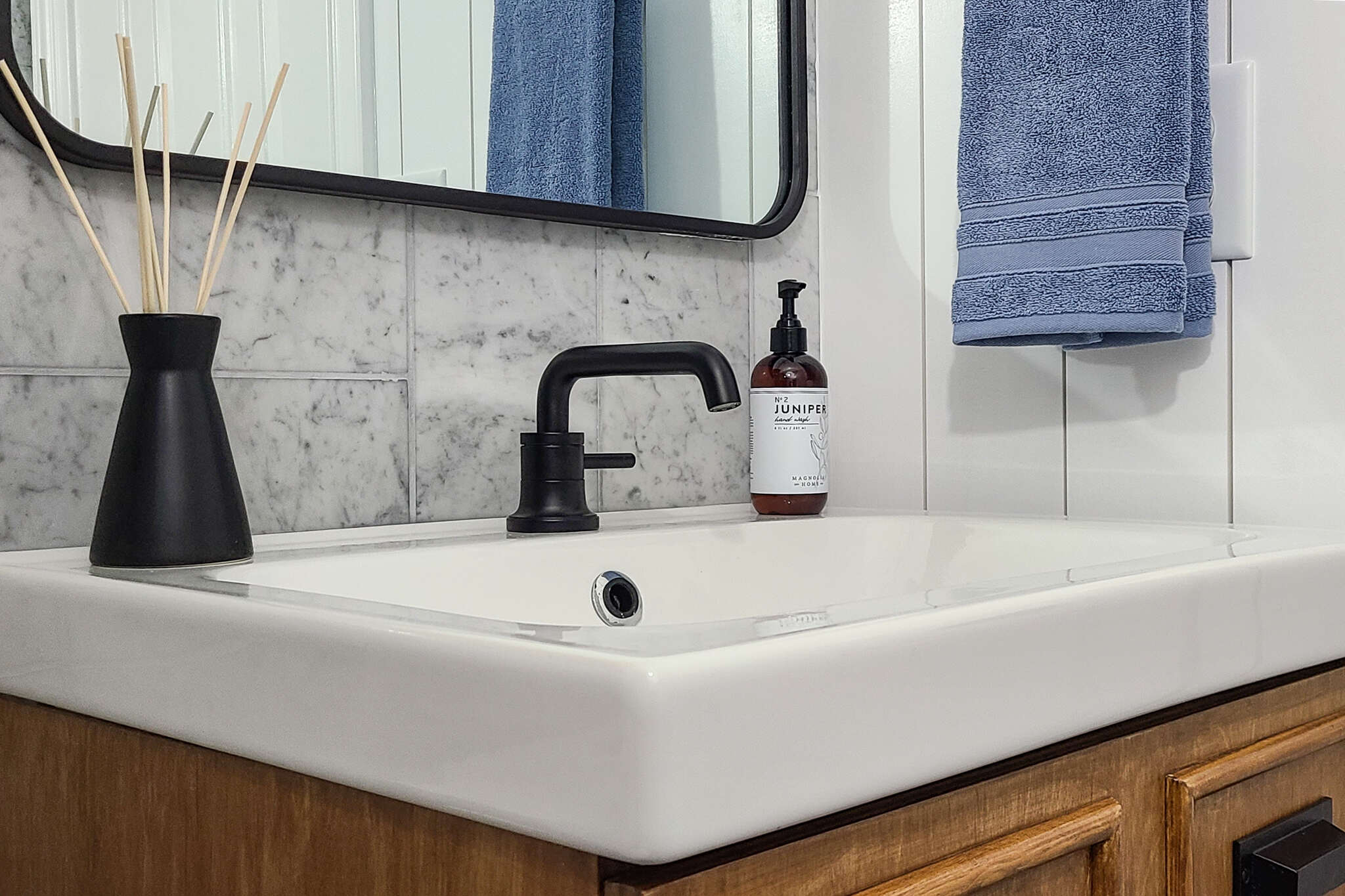
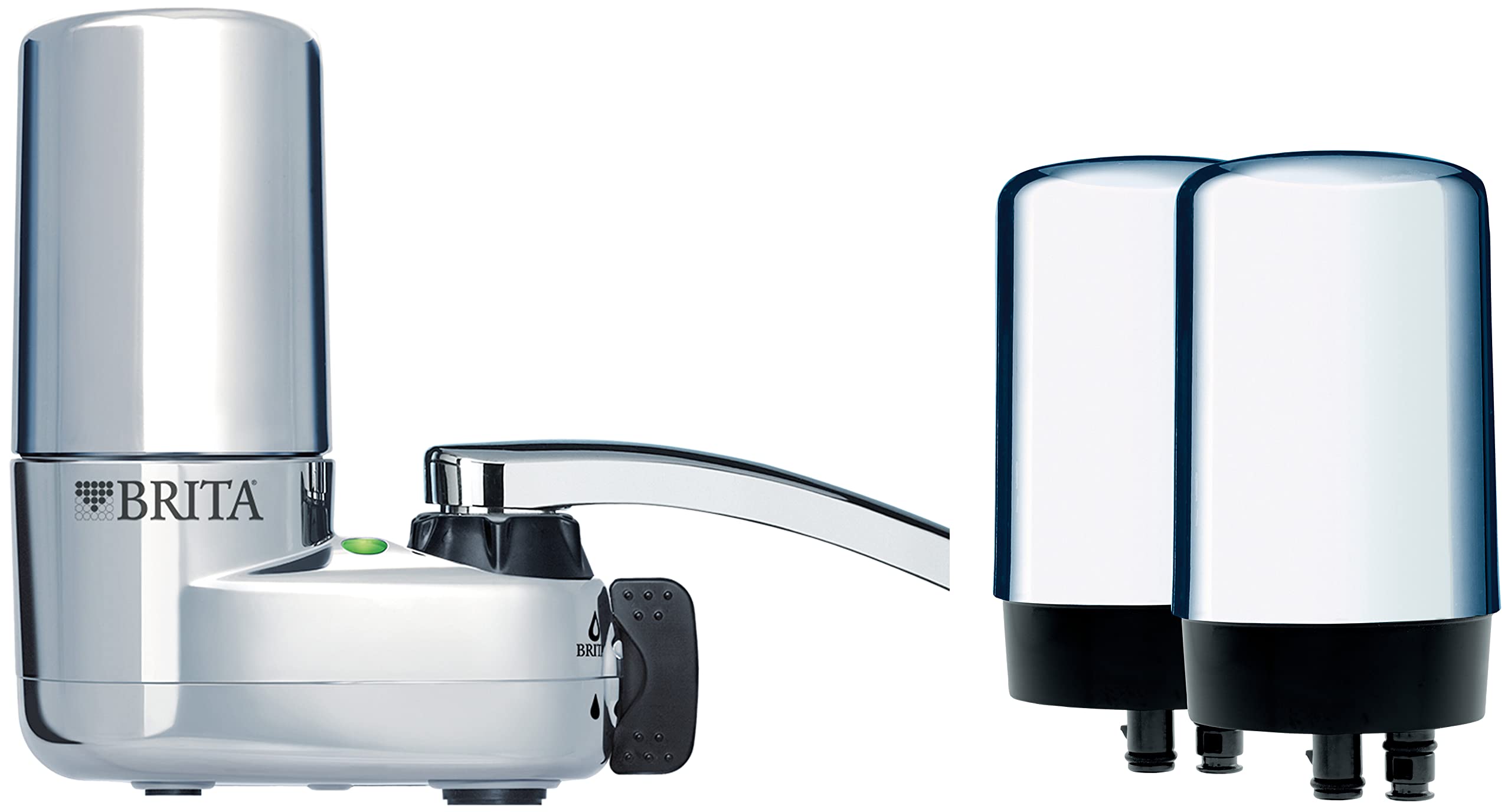
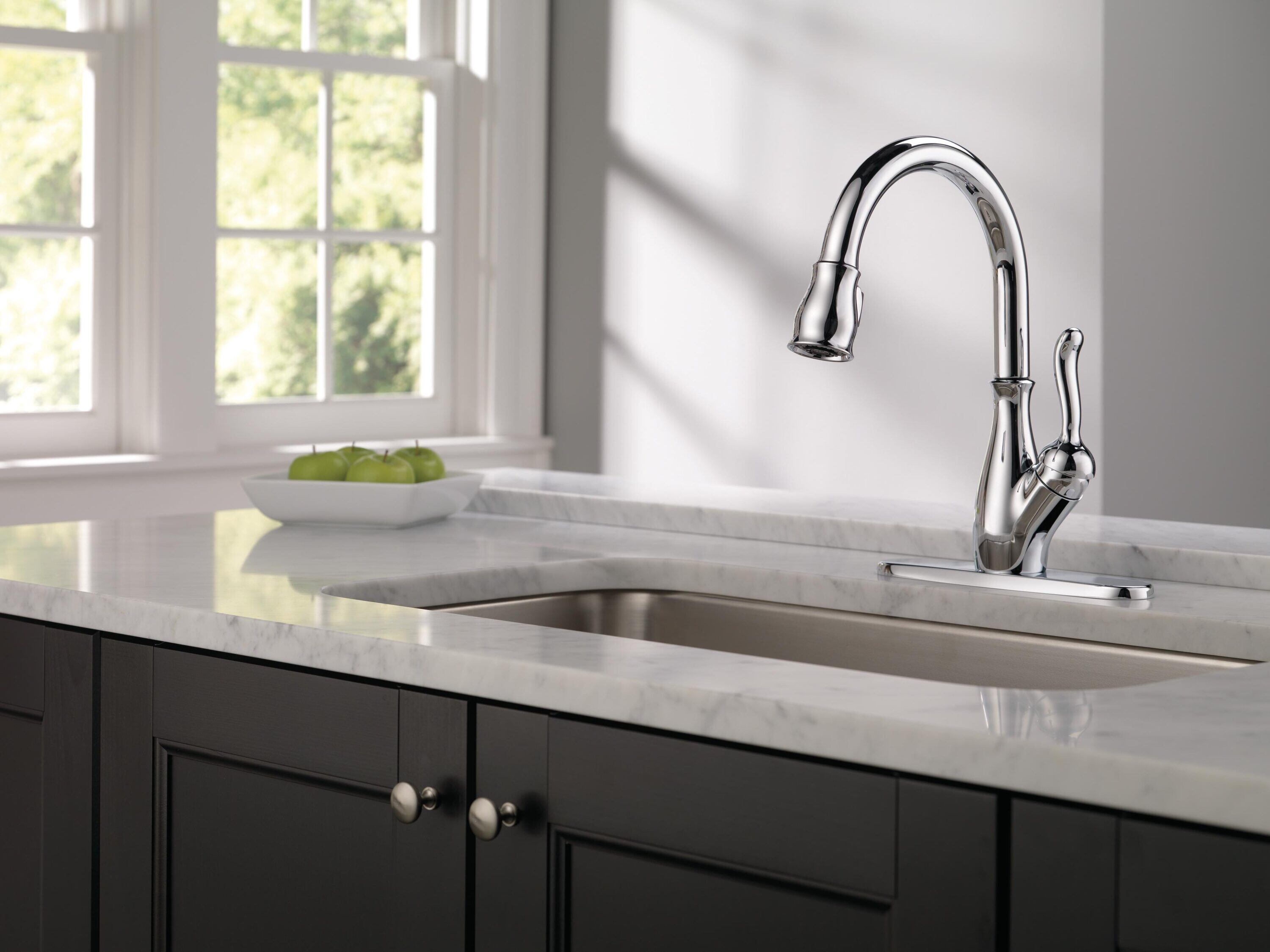
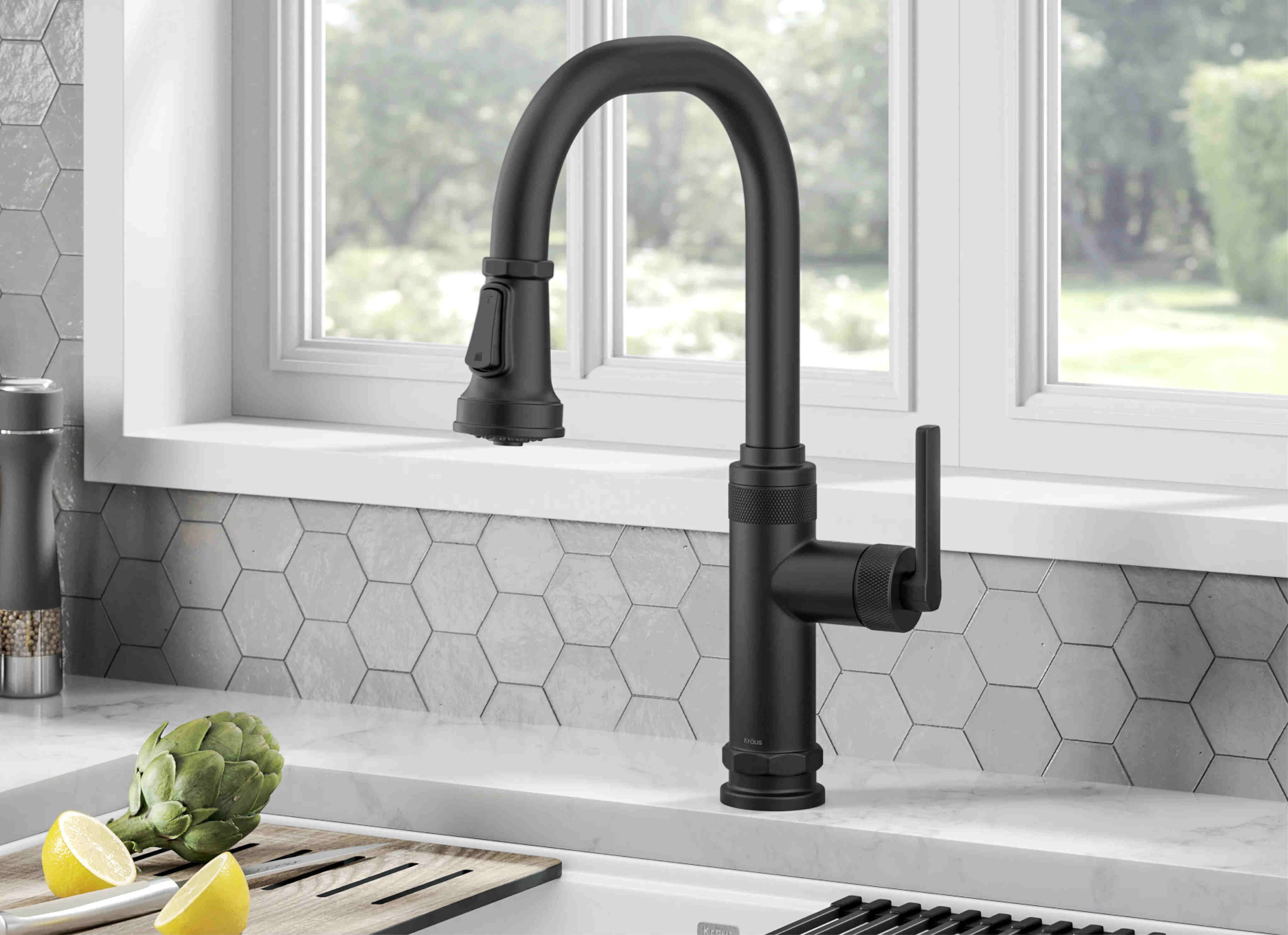

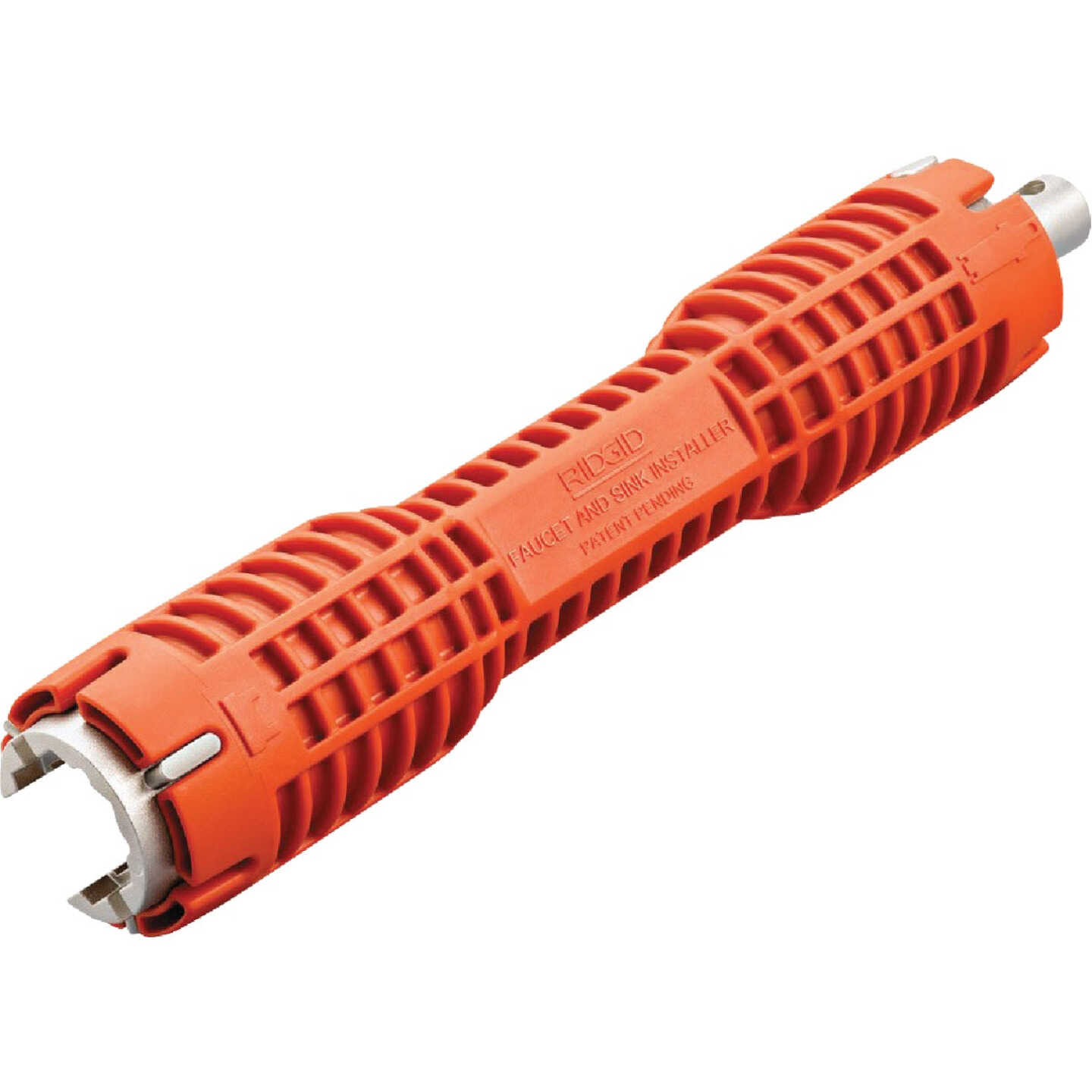
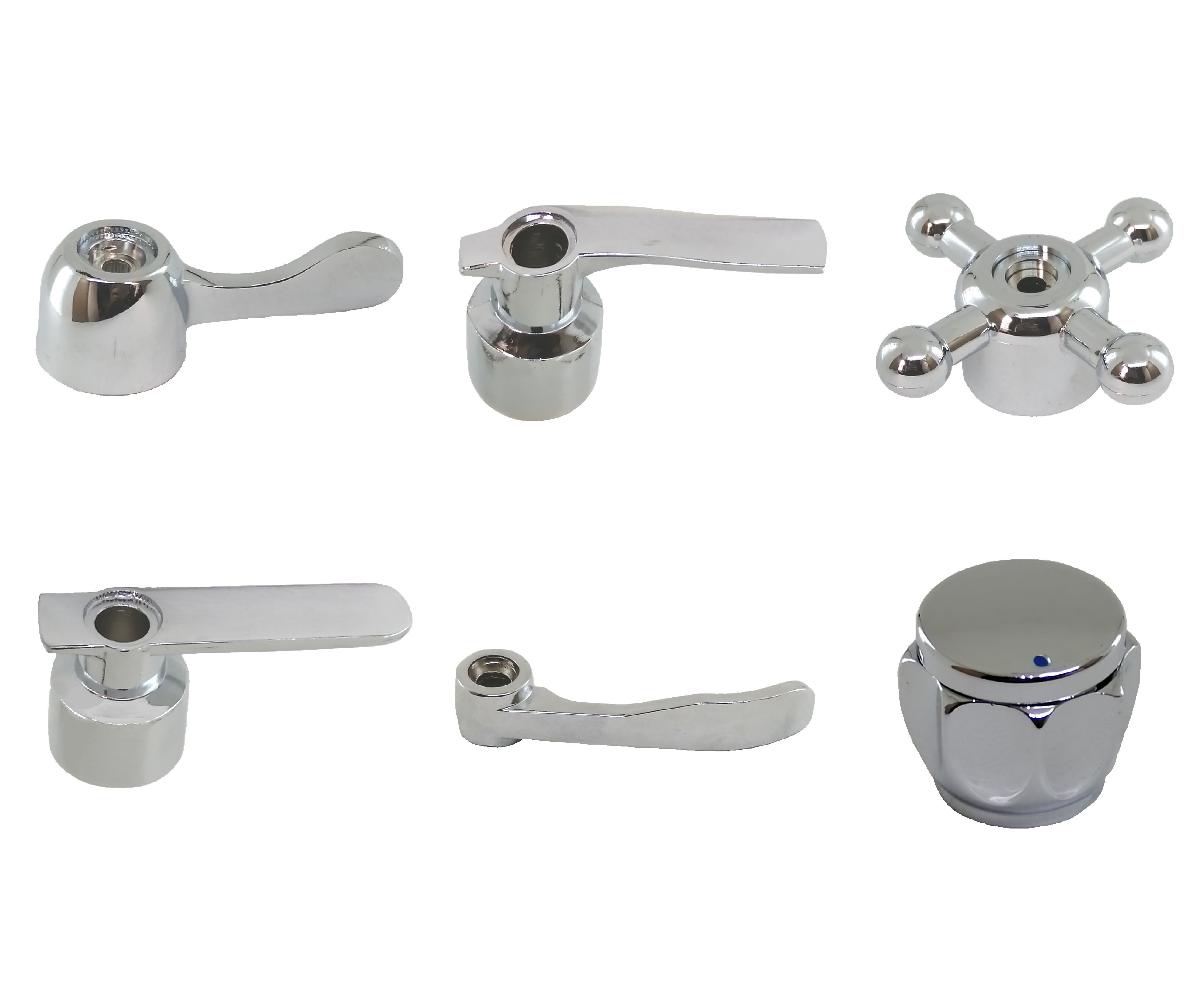

0 thoughts on “10 Crucial Questions To Ask Before Buying Bathroom Faucets”